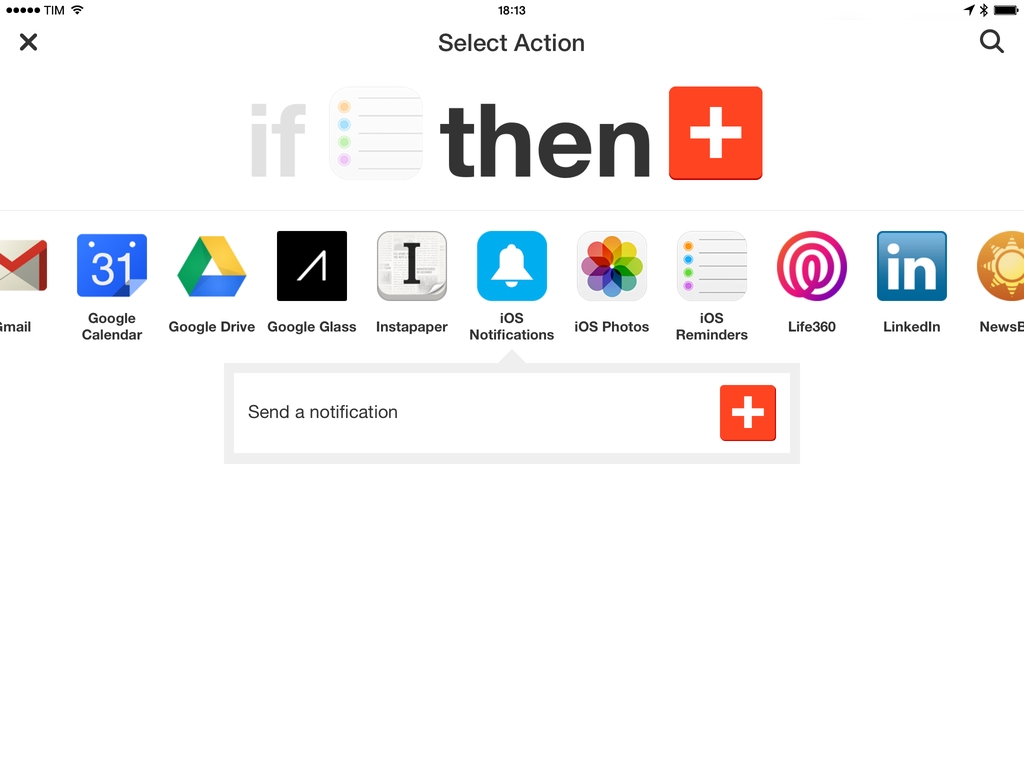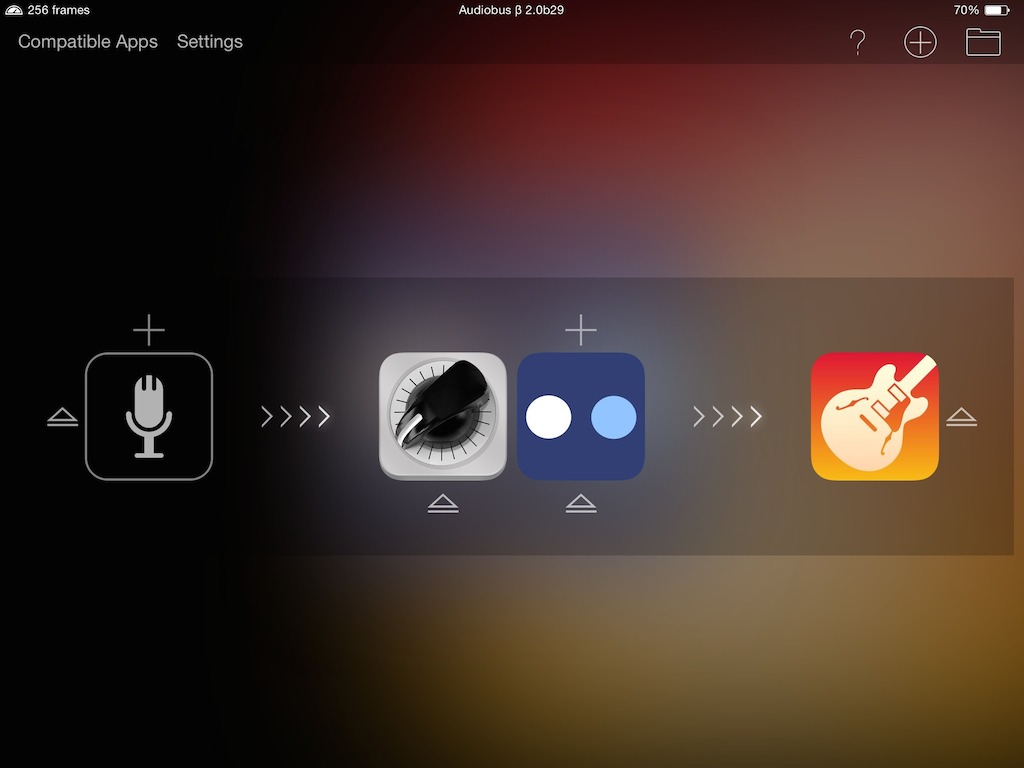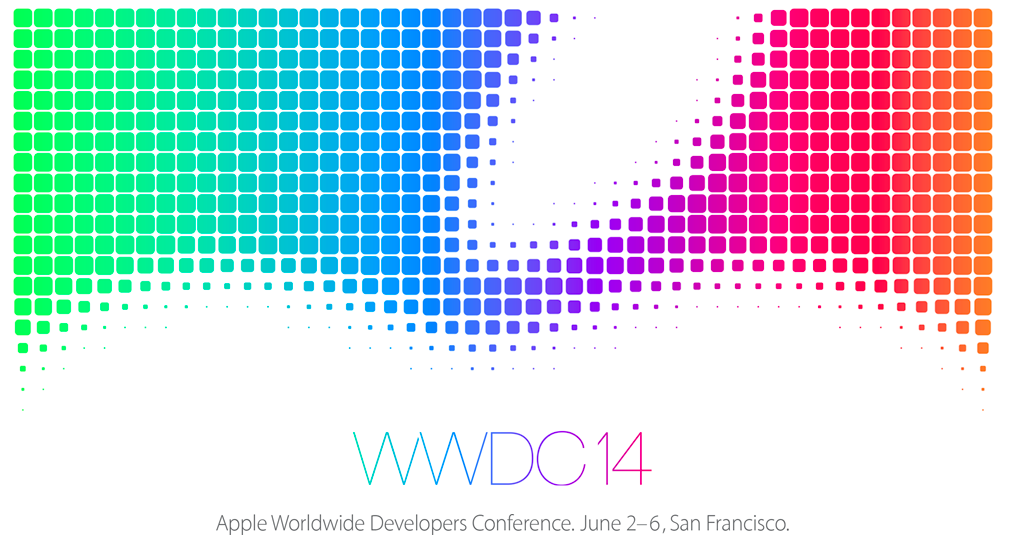We’ve all been there: bored out of our minds in a meeting because someone has put together a PowerPoint presentation with about ten million words written on each slide and their speech comprises of them just (struggling) to read the slides. But as easy as it is to criticise people for doing this, the truth is, it can actually be really hard to make a great PowerPoint or Keynote presentation. Deckset, a new app on the Mac App Store, aims to make it just a little bit easier to create something great when it is your turn to present. Read more
Deckset Empowers You To Create Great Presentations From Your Text Editor Of Choice
The Woman Behind Apple’s First Icons→
My philosophy has not really changed – I really try to develop symbols that are meaningful and memorable. I started designing monochrome icons using a 32 x 32 pixel icon editor that Andy Hertzfeld created. Subsequently I’ve been able to take advantage of more robust tools and higher screen resolution, and also design vector images in Illustrator. But design problems are solved by thinking about context and metaphor – not by tools.
Priceonomics (via 512 Pixels) has a profile of Susan Kare, who created the icons and fonts for the original Macintosh. The interview includes a lot of tidbits, original photographs of Kare’s sketchbook, and links to Andy Hertzfeld’s Folklore website. It’s a great read.
The Prompt: Beautiful Flower→
This week, 5by5’s international trio of Apple users discuss Microsoft and Android (with an awesome special guest). They also announce a revolutionary new photo management service.
The discussion with Russell (he works on one of my favorite iOS apps) about the differences between the App Store and Google’s Play Store was particularly interesting for me. Get the episode here.
Brought to you by:
- Squarespace (use code GREATEST for 10% off)
Use Voice Search With The Apple TV→
Amazon introduced its Fire TV yesterday, and one of the features the company touts is “voice search.” Using a tiny microphone in the device’s remote, you will be able to speak when searching for content, instead of pecking out letters by moving a cursor around on your TV screen. For example, you might want to look for a specific movie to watch, so you will simply say its name into the remote to have its text typed in a search field.
But you can already do this with the Apple TV; not with its own remote, but with the iOS Remote app.
Nice tip by Kirk McElhearn – this doesn’t exactly replicate the experience of having a remote with a microphone built-in, but it’s close. Plus, the Remote app for iOS 7 is pretty good.
Facebook Messenger 4.1 Adds Free WiFi Calls For All Users
Previously limited to the UK, US, and Canada on iOS and selected countries on Android, Facebook’s Messenger app has today added free audio calls on WiFi (VoIP) for all users in all countries.
Free calls in Facebook Messenger can be initiated from the chat interface by tapping on a phone icon in the upper right corner of the screen. Once started, Facebook Messenger will start “ringing” another user’s device – because Messenger can’t always run in the background like Apple’s Phone app, however, the company is using standard push notifications to inform users that a call is being received. In the Facebook Messenger app, the call interface is reminiscent of Apple’s Phone app design for iOS 7.0 and iOS 7.1 with circular buttons for speaker, mute, and hide, and standard green and red targets to answer or end a call.
While there’s no shortage of free VoIP calling solutions on iOS, Facebook aims at making it easier to reach your friends by building the feature into the existing Messenger contact database, prominently featuring the button in the chat UI of the app. Facebook Messenger was updated last week to version 4.0 with group management features, and version 4.1 is available now on the App Store.
IFTTT for iOS Gets iPad App, Curated Collections, and Native Notifications
The official IFTTT client for iOS has been updated to version 2.0 today, adding an iPad app and a new channel for iOS Notifications to integrate them with IFTTT recipes. IFTTT, a popular web automation service that supports many third-party apps and services, first arrived on iOS in July 2013 when the company released an iPhone app that featured native Contacts, Reminders, and Photos integration.
As I wrote in my original review, IFTTT brought a different kind of automation to iOS thanks to its native integrations built into the app:
IFTTT brings a different kind of automation to iOS that doesn’t need URL schemes or bookmarklets, but that instead looks into native pieces of data to connect services together. It’s an innovative approach to monitoring photos, contacts, and reminders that are added or modified on an iPhone, but it should be familiar to users who already rely on IFTTT for their daily web automation tasks. While I’m not leaving my Mac mini anytime soon, my photo sharing workflow is faster thanks to IFTTT, and I look forward to seeing how the app will evolve over time both in terms of community recipes and new features. I am especially excited for its future on iOS 7, which could broaden the scope of the app’s background refresh system.
With version 2.0, IFTTT has revamped the initial screen of the app with a gallery of popular recipes and curated collections. Likely in an effort to provide a better explanation of what IFTTT is capable of without requiring users to learn on their own through trial and error, the app now showcases the recently launched collections such as “Recipes for the nature lover” or “Recipes for NYC” that include recipes to get weather alerts for NYC, add a Foursquare check-in to Google Calendar, log trips in a Google Drive document, and more. Read more
Audiobus 2 Adds Multi-Routing, Presets, and State-Saving for App-to-App Audio On iOS
Audiobus, the popular app-to-app audio routing solution used by hundreds of iOS apps including Apple’s GarageBand, has been updated today to version 2.0, which brings further improvements to the app’s inter-app communication capabilities. Audiobus, first released in late 2012, allows iOS apps to communicate with each other to exchange effects and sounds in a unified audio pipeline that lets users create a single audio stream from multiple apps at the same time. Read more
Apple Announces WWDC 2014: Kicks Off June 2
Apple has announced the official dates for WWDC 2014. The developer event kicks off in San Francisco on June 2 and runs through June 6. This year, Apple will give tickets to attendees through a random selection system (effectively, a lottery). Developers will be able to apply today through Monday, April 7 at 10 AM PDT, and they will know their status by Monday, April 7 at 5 PM PDT. Last year, Apple pre-announced the sale of tickets, which caused issues on the company’s website when the tickets went on sale due to the high amount of traffic, in which tickets were still sold out in less than two minutes. Read more
Monument Valley Review
Monument Valley is a game about paths that don’t exist – unless you want to see them. In its beautiful intricacy of platforms and perspectives that defy the laws of physics, geometry, and gravity, Monument Valley, developed by London-based studio ustwo, impresses visually and technically thanks to a fantastic combination of gorgeous artwork, intuitive controls, and just the right amount of puzzle-solving that works perfectly for an iPhone or iPad.
In Monument Valley, you control Ida, a silent princess that has embarked on a quest for forgiveness that will require her to find exits in monuments once built by men but now inhabited by crow people, totems, and other strange entities. “Tap the path to move Ida”, Monument Valley begins, and, sure enough, tapping on the screen advances the character on a linear path, accompanied by a sound effect. The first stage of Monument Valley is immediately perplexing: while Ida can walk a few steps, the aforementioned path isn’t connected to anything. Hold and rotate a wheel next to the path, however, and a pillar changes its orientation, creating an optical illusion that allows Ida to walk over the path and reach the exit of the stage. Monument Valley perpetuates a lie – that perspective can be used to alter physics – for the sake of gameplay, and, ultimately, that’s fun and intriguing.







